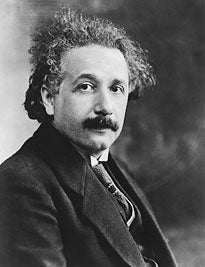In 1917, Albert Einstein added a fudge-factor to his theory of general relativity in order to balance the attractive force of gravity. After Edwin Hubble showed the universe is actually expanding, Einstein retracted his cosmological constant, which he called his greatest blunder. Now, a survey of distant supernovae reveals that dark energy — the mysterious force accelerating cosmic expansion — behaves like Einstein’s constant to a precision of 10 percent.
Carlberg is a member of the Supernova Legacy Survey (SNLS), a collaborative international effort that uses the 3.6-meter Canada-France-Hawaii Telescope atop Mauna Kea, Hawaii, and its giant MegaCam imager. Researchers first identify distant supernovae in MegaCam images then acquire the exploding stars’ spectra using some of the largest telescopes on Earth, including the Gemini North and Keck telescopes on Mauna Kea.
Since 1998, astronomers have used distant supernovae to study how cosmic expansion accelerates. They discovered that supernovae at a given distance seem to be fainter than they would be if the universe’s expansion were slowing down. This result, which has been observed consistently for the last 8 years, strongly implies that the cosmos is expanding at an ever-faster rate. Astronomers refer to the force driving this apparent increase as dark energy.
“Improved observations of distant supernovae are the most immediate way in which we can learn more about … dark energy,” says Caltech’s Richard Ellis, one of the paper’s authors. “The present study is a very big step forward in quantity and quality — and amazingly suggests that Einstein was pretty close to the mark.”
The initial results, to be published in an upcoming issue of Astronomy & Astrophysics, are based on about 20 nights of data. This is first of over nearly 200 nights slated for the project. Scientists expect future results will double or even triple the finding’s precision.










